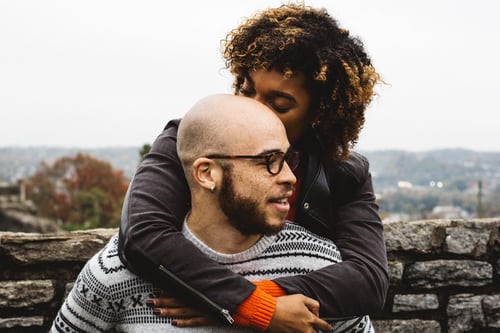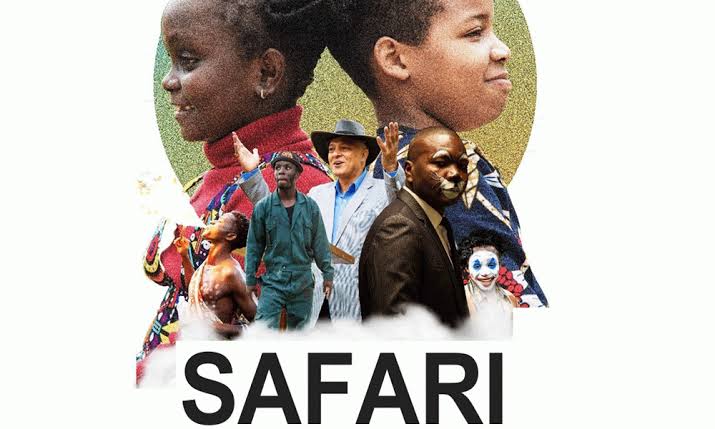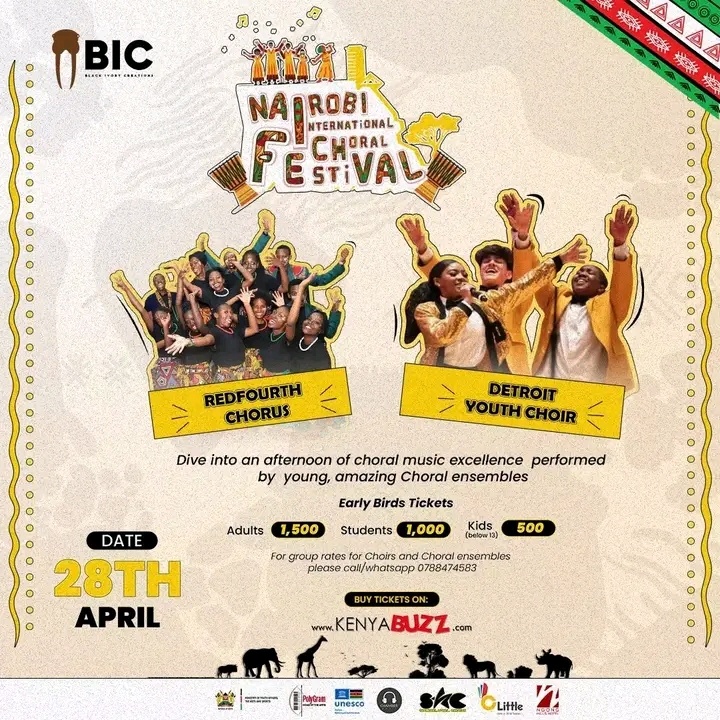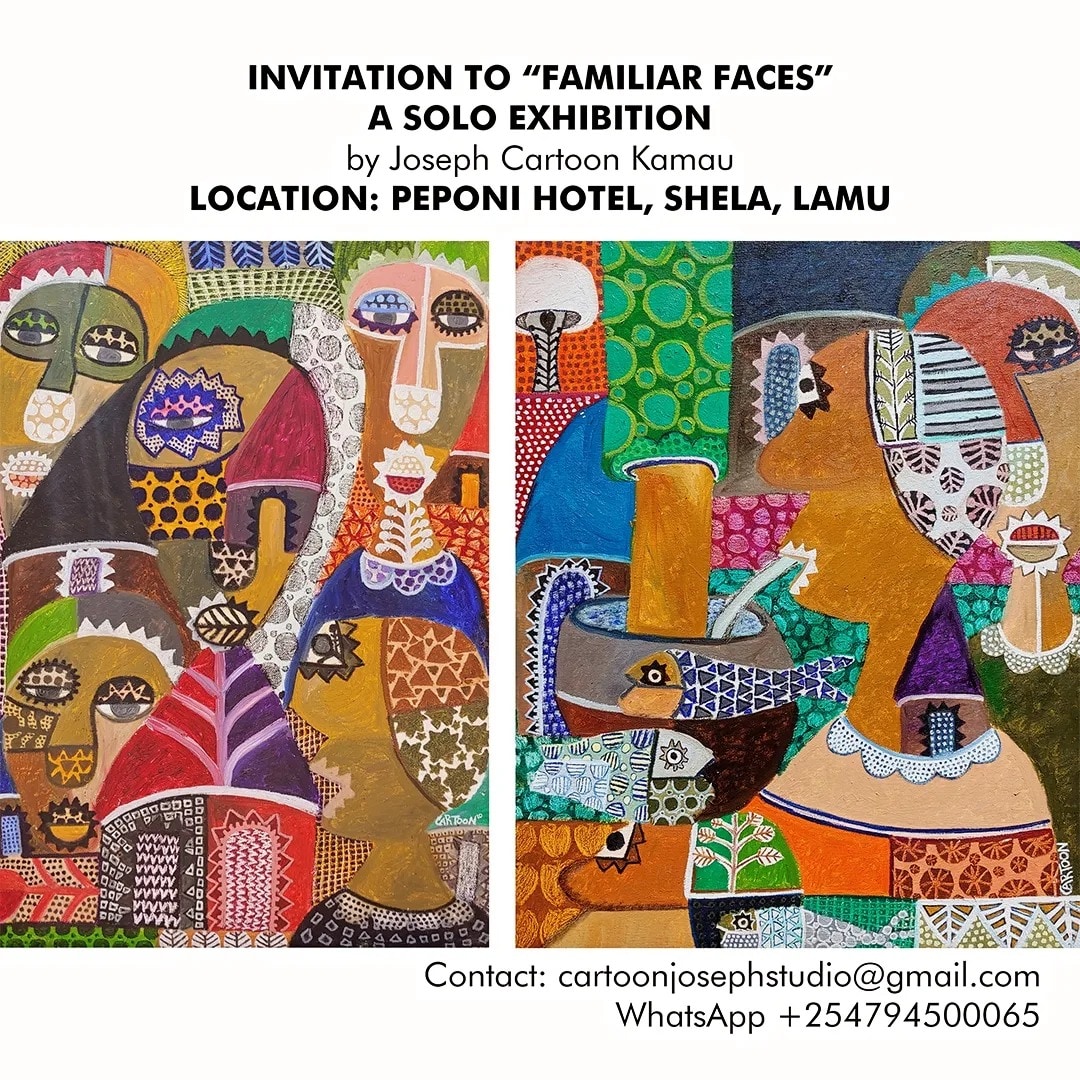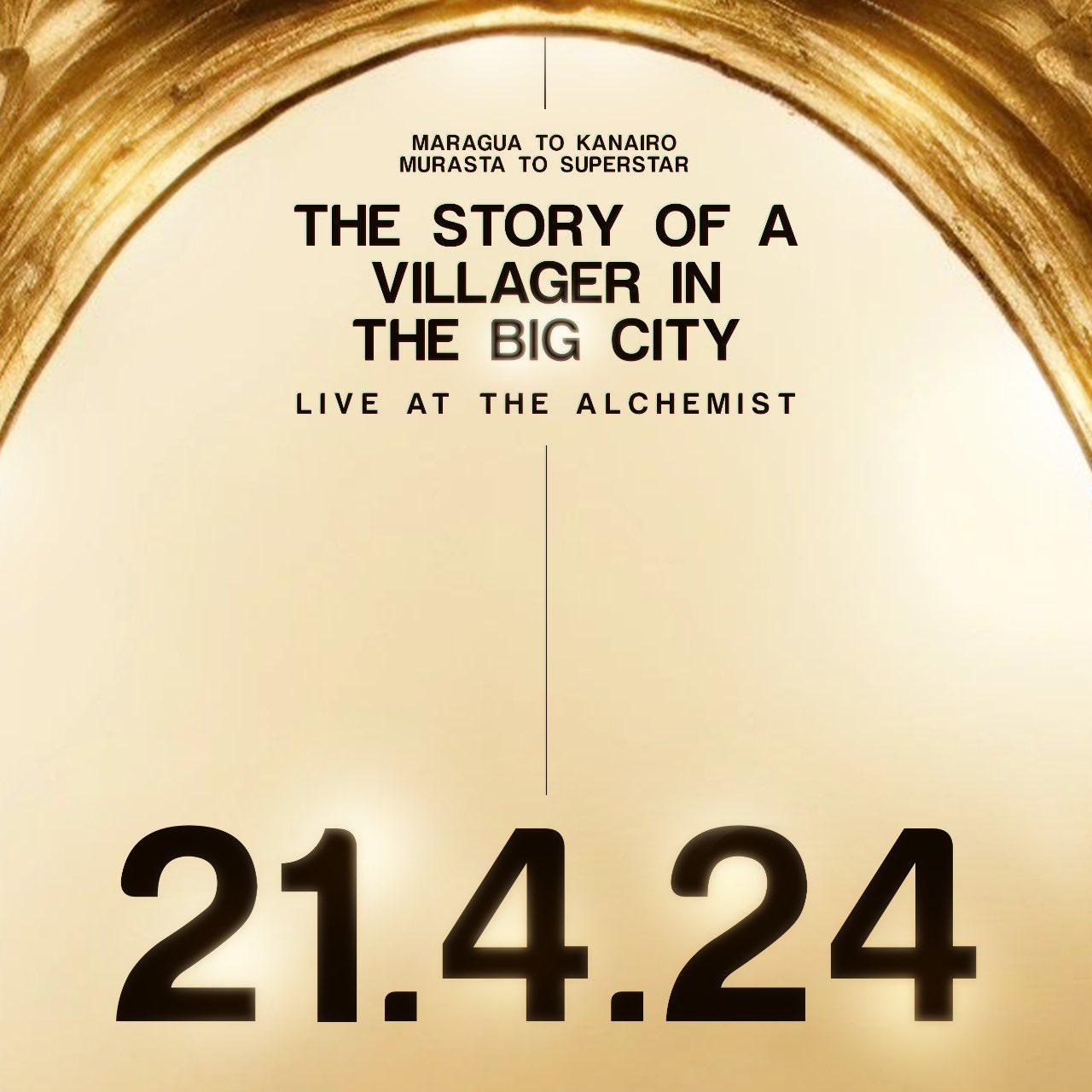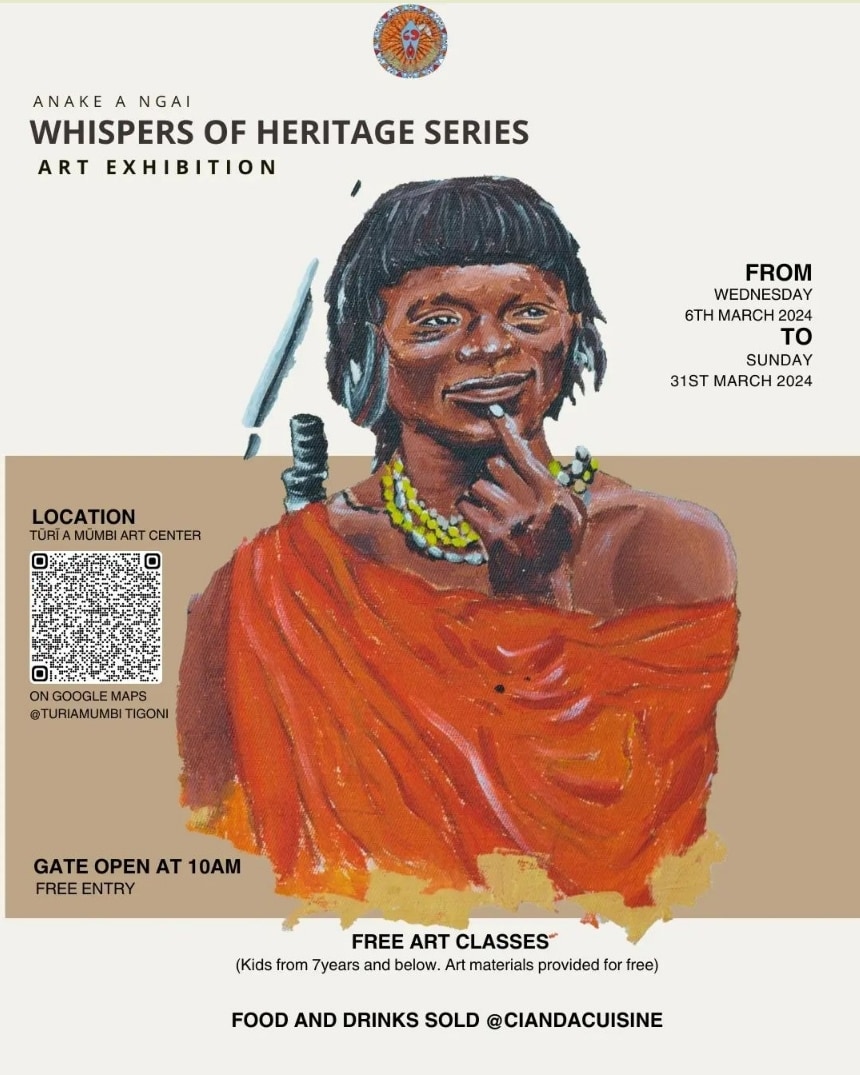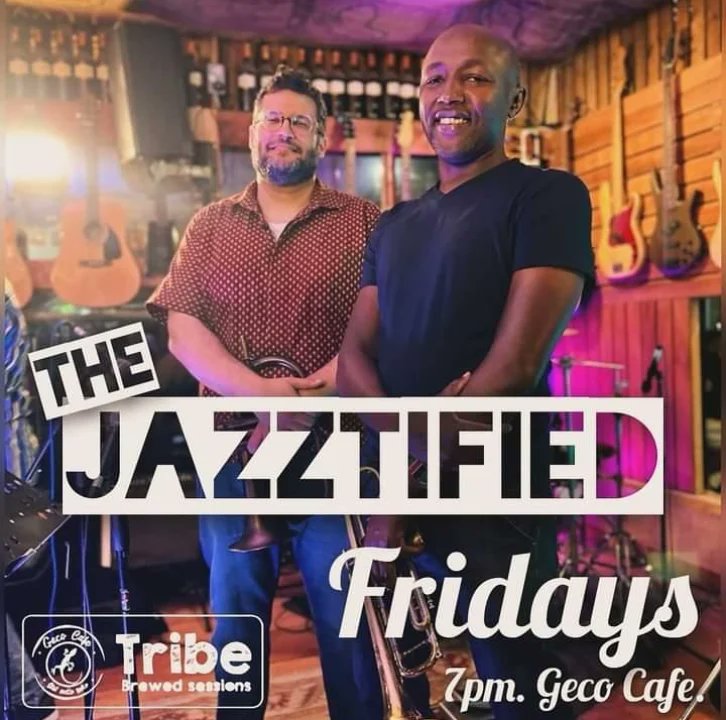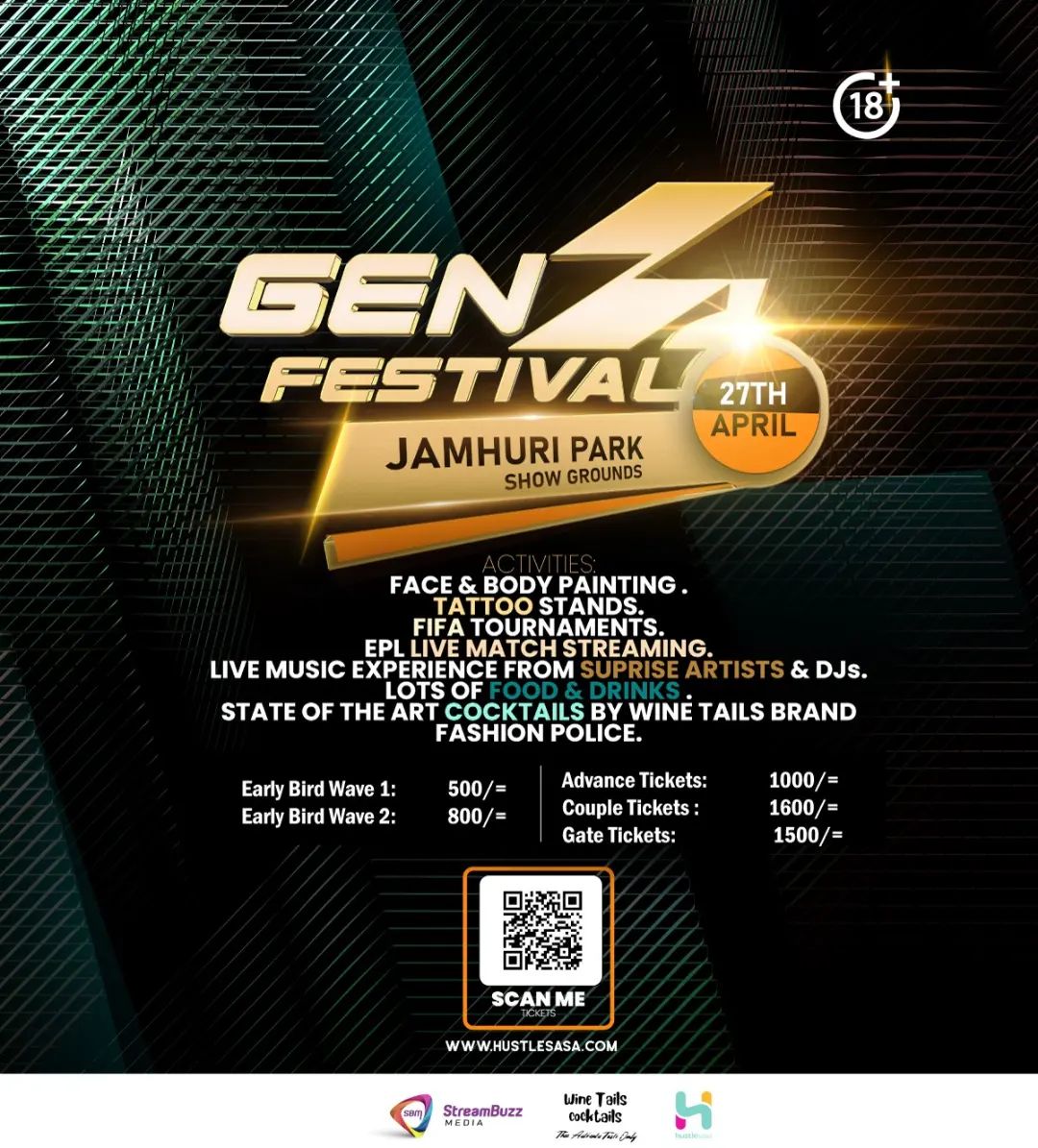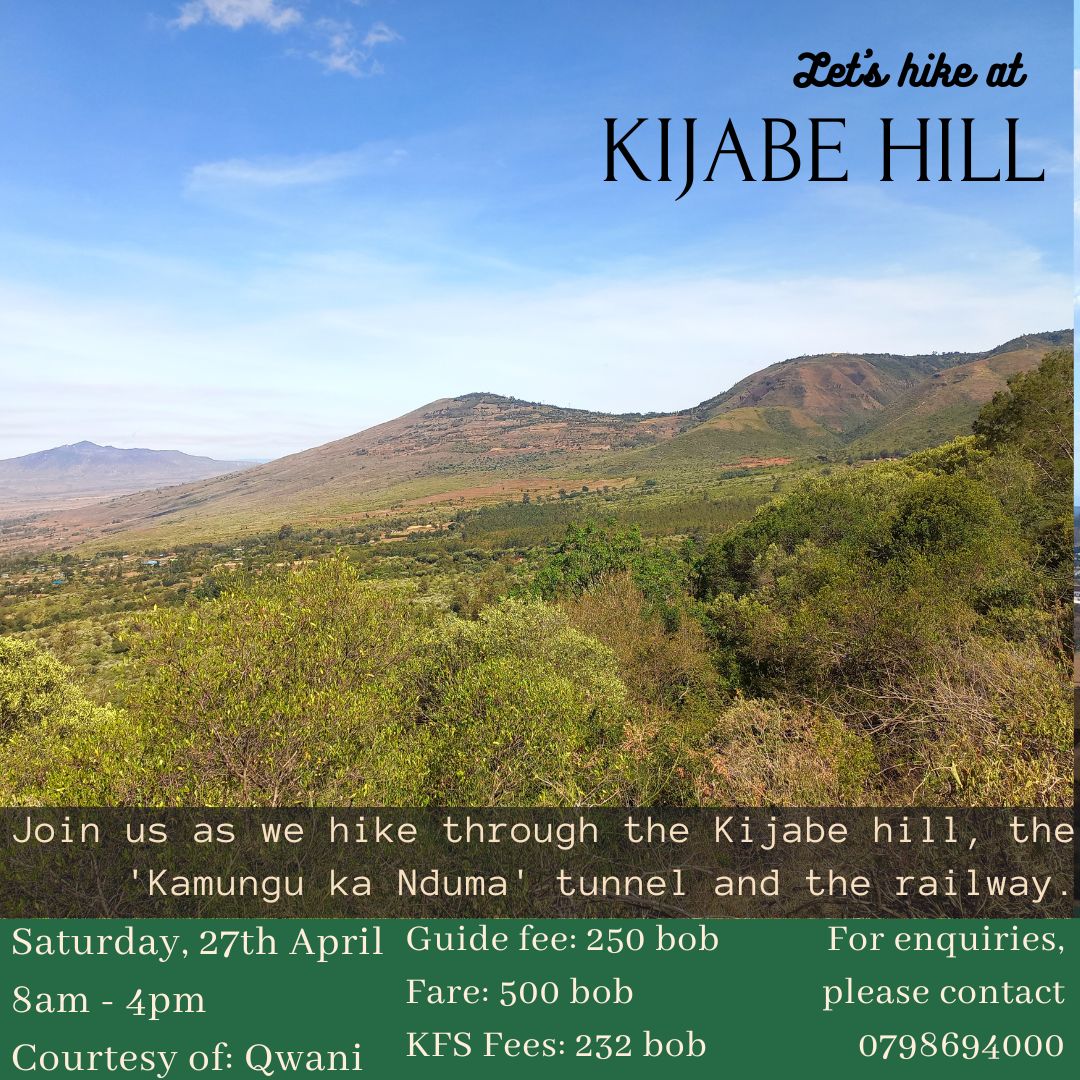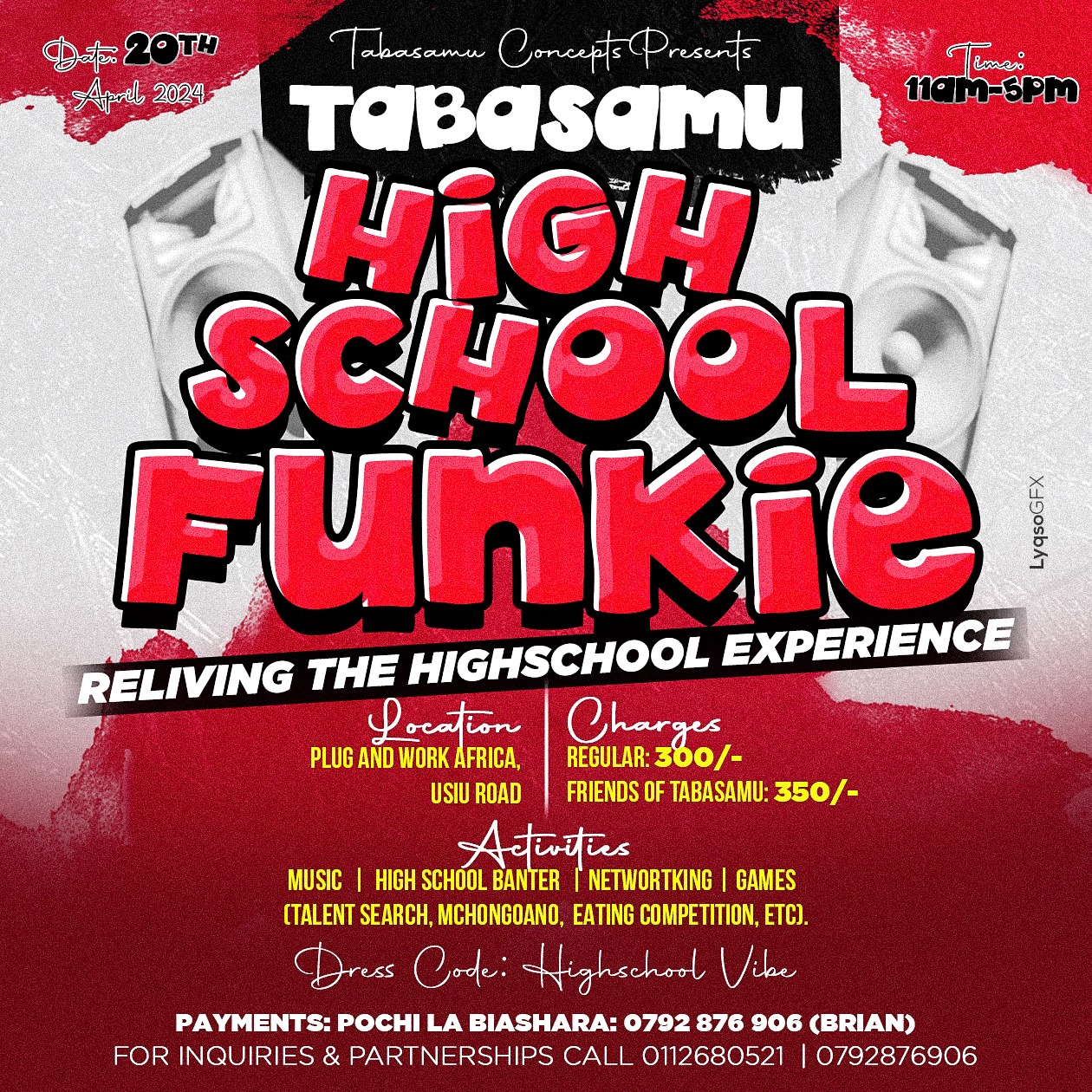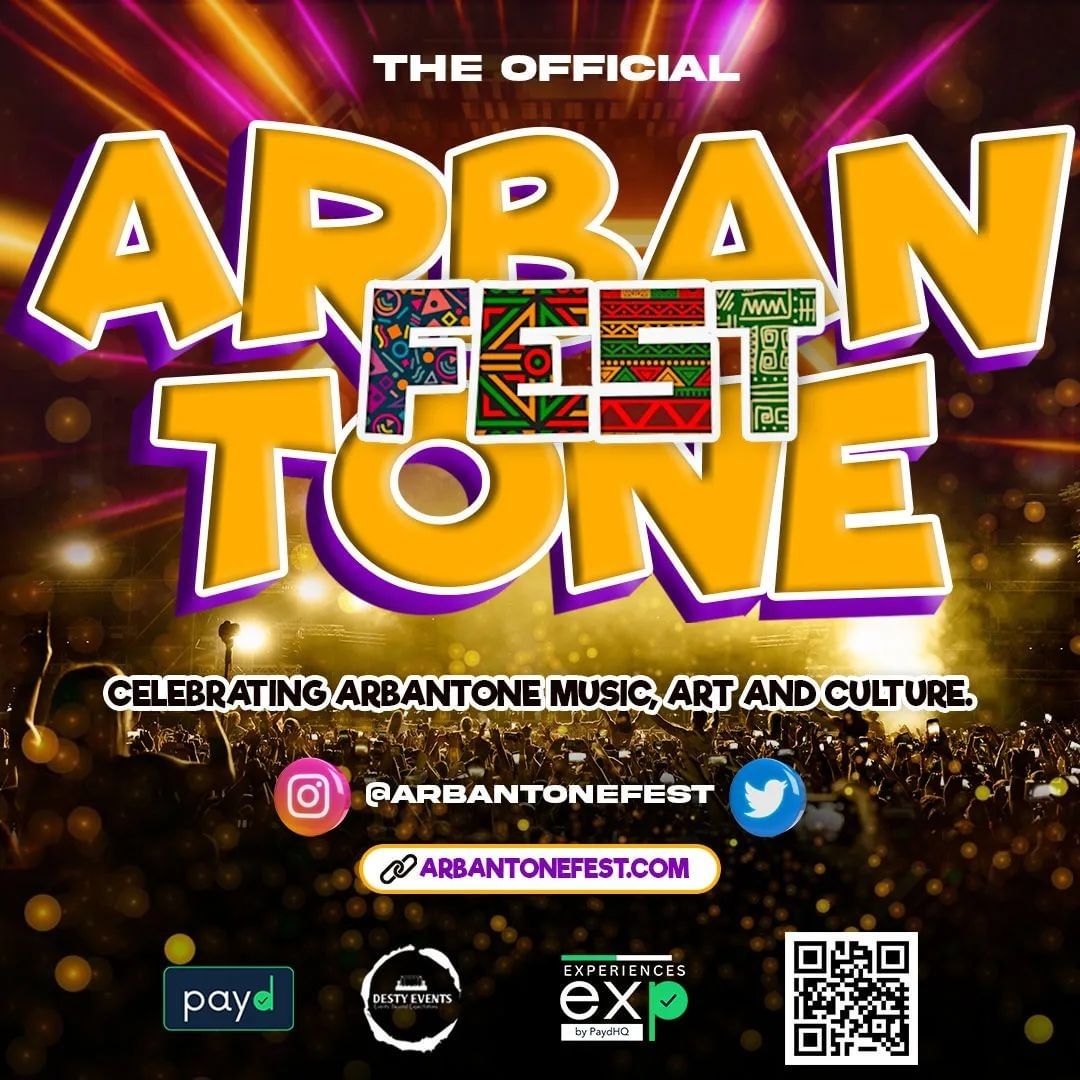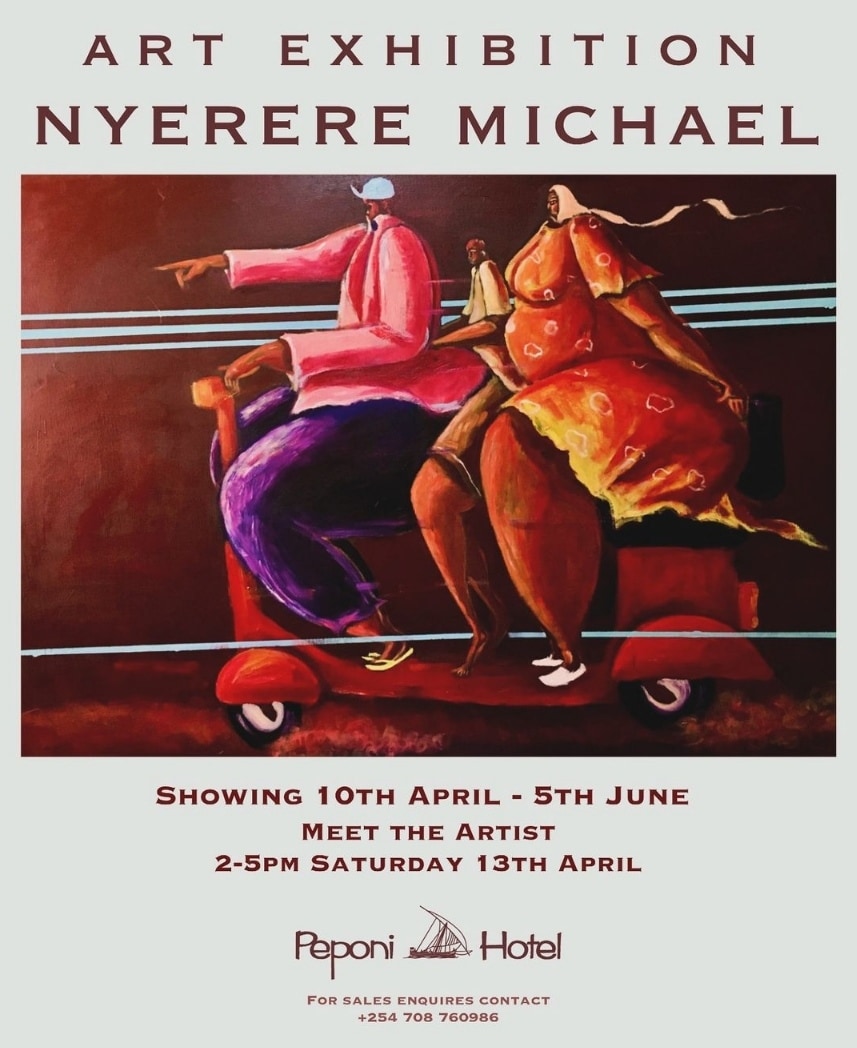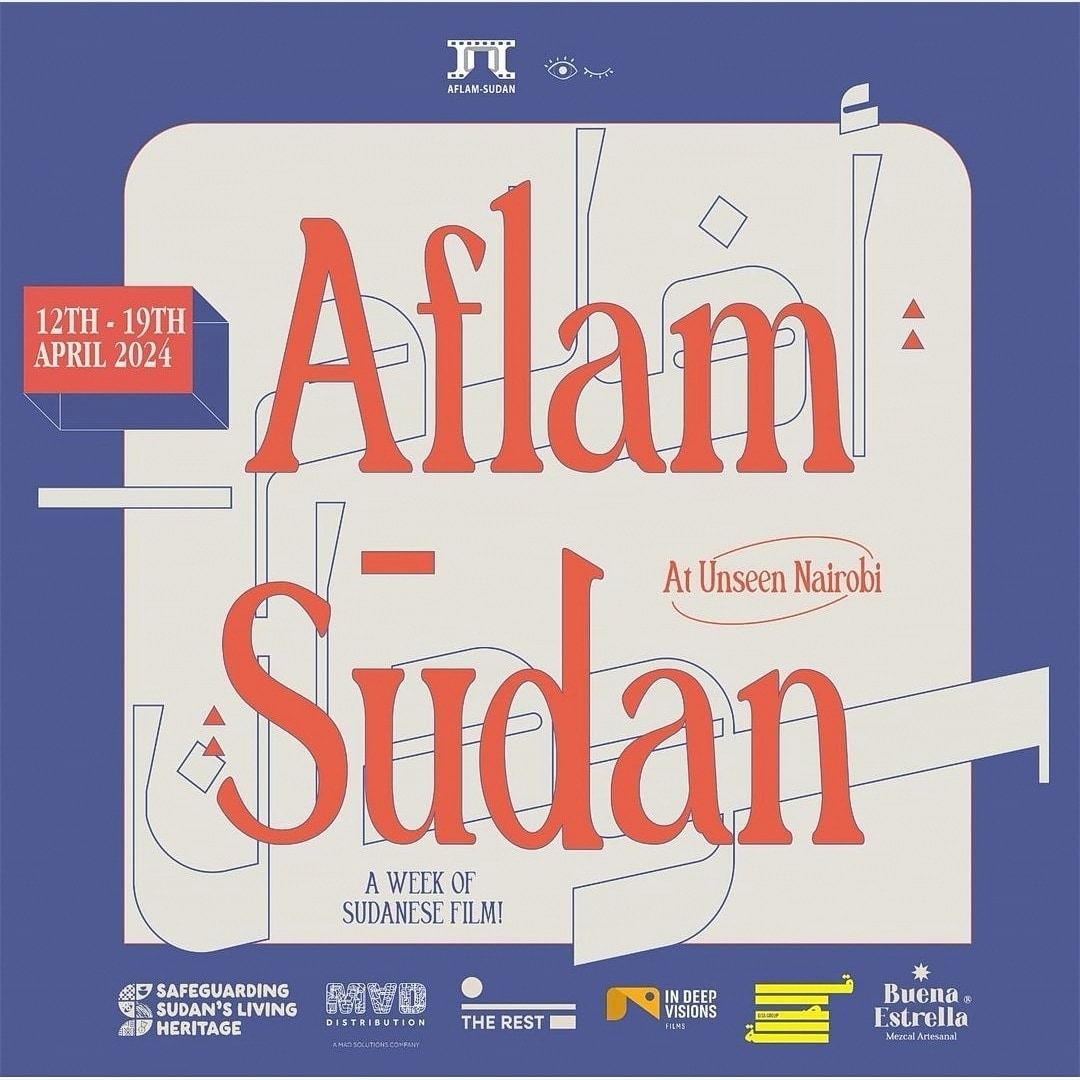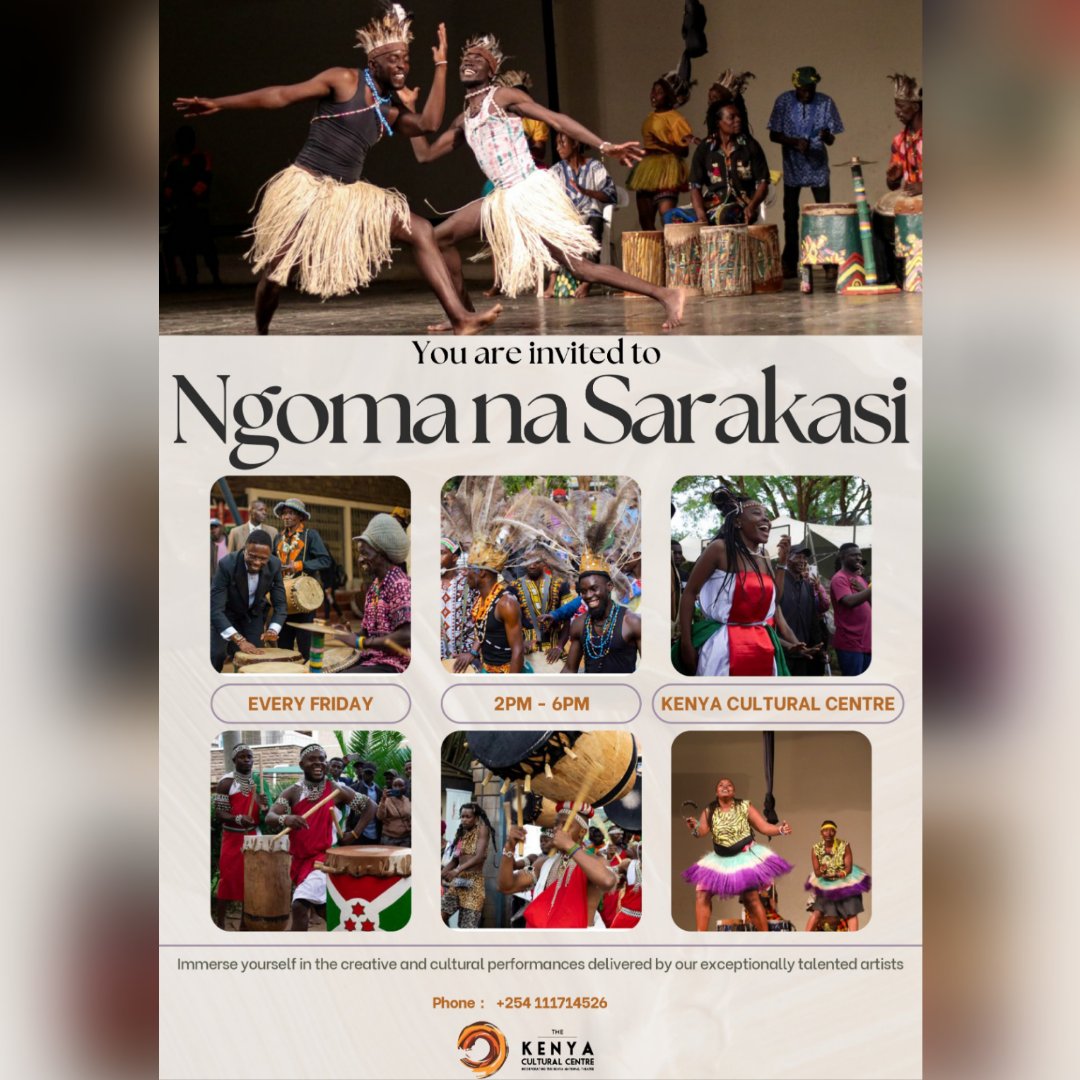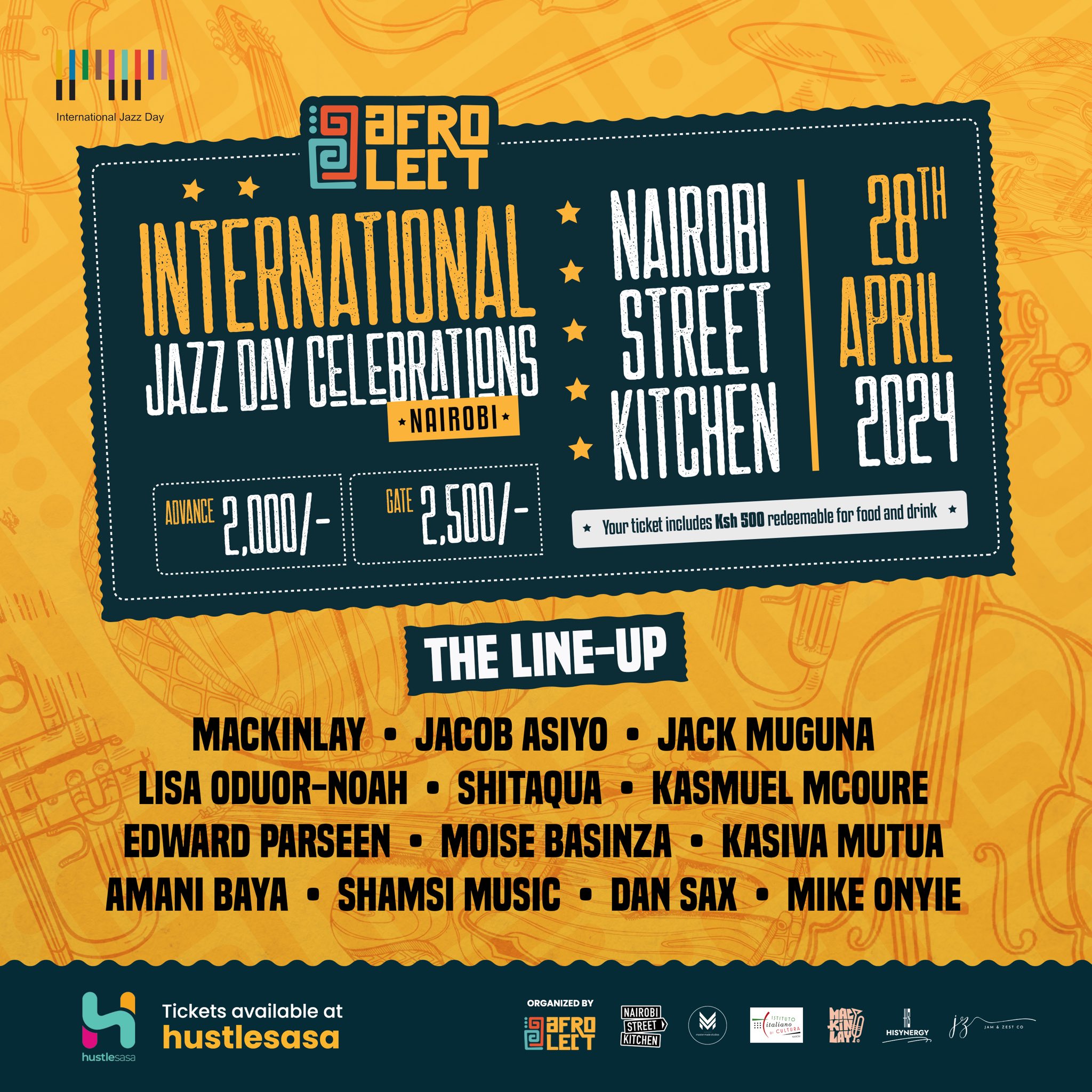Consent first, Content later: The How and Why Permission Is Important in Media Practice
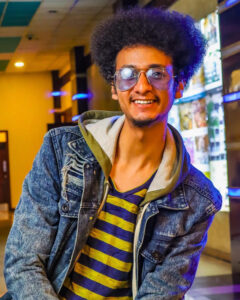
Mohamed Alby posing for a photo.PHOTO//Classic FM
About three weeks ago, a Kenyan Tik Tok sensation was sued for a video he published on social media without the consent of the subject in it.
While sharing a court notice on his Instagram story, the content creator said that he would quit content creation because, “I have shot so many videos in the past months bringing smiles to people yet I am sinking mentally so badly because I am getting sued for making someone smile.”
Alby Mohamed, a Kenyan Tik Toker and content creator who went viral last year for making puns at strangers with an aim of making them smile, seems to be crying foul when the subject of a recent video sued him. The plaintiff claimed that Alby secretly recorded and published a conversation they had for the whole world to see. As published by various reports, disturbingly, no media house seems to see the real issue.
One, no one is suing Alby for making people smile. What he is missing is the fact that as a content creator, he requires consent before recording and publishing content involving third parties.
Issue of consent
Sure, Alby is extremely funny. His cheesy lines will leave your ribs cracking and your lungs hurting. However, a closer look into his filming technique, you will realize that there is almost always a hidden camera, one that captures a person’s reaction when they are being filmed.
Perhaps, the issue of consent is largely ignored, or barely understood. In fact, just the other day, Kabianga University was sued on the premise that they used a University of Nairobi’s student photo for marketing purposes. The court presented them with a Kshs. 500,000 fine.
Such stories show how brands easily use people’s media and information without their consent for their own benefits. Because what is the cost of hiring a photographer to take crisp photos for a marketing campaign? Still, what does it cost to ask for permission to post someone’s photo? And isn’t it absurd that a UoN student’s photo is used to market Kabianga University?
Why is this happening?
It would be inaccurate to assume that all Kenyan content creators publish content without seeking consent. When they do, it is often backed by reason.
One possible reason is the desire for viral content or to gain social media followers. Content creators may post content that they believe will go viral or attract a lot of attention, even if it means using someone else’s personal information or images without their consent. This can be particularly tempting if the content creator is trying to grow their online presence and gain more followers or views.
Another possible reason is a lack of awareness or understanding of the laws and ethics regarding consent. Some content creators may not be familiar with the regulations surrounding the use of personal information or images and may not understand the importance of obtaining consent before posting content. This can lead to unintentional violations of people’s privacy and rights.
Additionally, some content creators may simply not care about the consequences of posting content without consent. They may prioritize their own interests or desires over the well-being of others and may not consider the potential harm that their actions can cause.
Regardless of the reason, posting content without someone’s consent is unethical and illegal in many cases. It is important for content creators to prioritize the privacy and rights of others and ensure that they obtain informed consent before using someone else’s personal information or images in their content.
What does the law say?
According to Article 19 of the Universal Declaration of Human Rights, “Everyone has the right to freedom of opinion and expression; this right includes freedom to hold opinions without interference and to seek, receive and impart information and ideas through any media and regardless of frontiers.” By default, Alby is entitled to sharing content online. But as we are going to see below, his freedom has limits, and better still, is enshrined in the constitution of Kenya.
The Media Council of Kenya’s Code of Conduct for the Practice of Journalism in Kenya stipulates that, “Except in justifiable cases, a person subject to this Act shall not tape or record anyone without the person’s knowledge.” It goes ahead to say, “An exception may be made only if the recording is necessary to protect the journalist in a legal action or for some other compelling reason.”
On privacy, the code of conduct clearly illustrates that the journalist, and to a larger extent content creators, should not intrude on other people’s privacy unless whatever material they obtain is of public interest. It says, “Intrusion and inquiries into an individual’s private life without the person’s consent are not generally acceptable unless public interest is involved.”
The Kenyan Data Protection Act and Revisions
The Kenyan Data Protection Act (DPA) was enacted in November 2019, and it sets out the legal framework for the protection of personal data in Kenya. The Act provides for the right to privacy and the protection of personal data, and it also outlines the conditions for the lawful processing of personal data.
One of the key provisions of the DPA is the requirement for informed consent before personal data can be processed. This means that data controllers who in this case are organizations or individuals who collect, store, or process personal data, must obtain explicit and freely given consent from data subjects before collecting, storing, or processing their personal data.

A student reading a text book. It is important for content creators to seek and understand knowledge about consent. PHOTO//Zamzam
Creators like Alby need a refresher course on media laws and ethics to ensure such harmful and ignorant cases do not come up again. And while we wait for a good Samaritan to come and save the day, maybe all that content creators need to do is equip themselves with necessary knowledge about the business of content creation. Specifically, the inner workings of obtaining consent using legally binding documents such as a release form.
This multimedia story was done by Brian Khavalaji, Zamzam Mohamed and Aisha Khalif.

